Their greatest fears were found to be true. The tefillin he had been wearing all this time was possul. A sofer exposed a fellow sofer, whose wares were sold in Crown Heights and Eretz Yisroel, as unscrupulous.
By Anash.org reporter
Their greatest fears were found to be true. The tefillin he had been wearing all this time was possul.
For years, they put aside money to buy their son a nice pair of tefillin. They chose a beautiful Alter Rebbe ksav and paid top dollar to get their son the best. And now, several years later, they discovered that their son’s sofer doesn’t even keep Shabbos. The tefillin are beautiful – but invalid.
The questions began to surface some time ago. A skilled sofer, originally from Russia who had later learned safrus in Eretz Yisroel, was living in small Ukrainian village without any Jewish infrastructure. Where did he daven or go to the mikvah? While he claimed to travel to Haditch daily (about an hour away depending on the weather conditions), the staff there rarely saw him.
Local shluchim realized that something was amiss, and they advised whoever asked to avoid buying from him. But other sellers didn’t know or didn’t care enough to probe further. The writing was gorgeous and the prices much less than normal, so they could sell it at a good profit. His tefillin, mezuzos and sifrei Torah were carried by sofrim and stores in Eretz Yisroel and New York.
But then some serious suspicions began to come out.
The sofer reached out to Rabbi Levi K., a Stam vendor in Eretz Yisroel, and he began asking questions. Why was a Jew, let alone a sofer who is supposed to be extra yerei Shomayim, living among goyim in a remote Ukrainian village? The more he asked, the more concerning it became.
“I asked him innocently who was his rov, where he went to mikvah, and so on,” Rabbi K. said in a conversation with Anash.org. “He began to get defensive and told me that if I didn’t want to buy from him, he had plenty of others who were interested. Through local shluchim, we discovered that sadly he was living with a non-Jewish woman and was not shomer Shabbos!”
An Old Problem
Unfortunately, it’s not the first time something like this has happened.
During the interwar period, the town of Slonim in Belarus had an infamous safrus factory, where non-frum youth were trained to produce mezuzos, even writing them on Shabbos. Their products were sold by merchants across Eastern Europe and exported to France, Germany and the United States, where innocent customers had no way of knowing the origin of these tefillin and mezuzos.
In response to the widespread problem, Harav Tzvi Yechezkel Michelson, member of The Rabbinic Council of Warsaw and Av Beis Din of Plonsk, established “Chevras Shomrei Stam” to regulate the kashrus of Stam.
In a public Kol Korei they initiated, 87 leading rabbonim including the Frierdiker Rebbe called for people to be vigilant in purchasing STaM:
“We have come to alert you regarding the breach in one of the most fundamental mitzvos… A tremendous hefkeirus exists in the field of tefillin and mezuzos… Many stumble in this area because they … assume that there is surely a proper hashgacha over whatever is sold… They buy them from any seller, despite the clear warning in Shulchan Aruch (Siman 39) that they may only be bought from an expert who must also have more yerei Shomayim than a shochet….”
The Society prepared a registry of all qualified sofrim and publicized it so that people would know who is trusted to buy from. This major undertaking was met with overwhelming success, and unqualified sofrim were soon put out of business. Tragically, a mere four years later, World War II broke out and put an end to their activities.
A Problem of Global Proportions
As soon as Rabbi K. discovered the truth about this sofer, he knew that he was dealing with a serious problem.
The sofer has been writing for two decades and become problematic for several years, has produced countless tefillin and mezuzos in both Arizal and Alter Rebbe’s ksav which were sold in Eretz Yisroel and Crown Heights. Many homes have his mezuzos, shuls use his sifrei Torah, and bar mitzvah bochurim are wearing his invalid tefillin daily, making them a karkafta d’lo manach tefillin RL.
Realizing the communal impact, Rabbi K. brought the issue to the awareness of the Crown Heights Beis Din. After researching the matter themselves, Harav Avrohom Osdoba and Harav Yosef Braun published a letter in which they necessitate those with items under question to bring it in to the sofer or store where they bought to have it exchanged.
“After a thorough investigation and inquiry over a long period of time into all the details of the matter, all those who have purchased STaM in recent years, especially those written in the Alter Rebbe’s ksav, and are concerned it was written by Mr. Yaakov Shlomo Itzkovitz (from the village Zinkov in the Poltava district of Ukraine) are to inquire with the merchants from whom they bought (if they trust them) to inform them with certainty that the parshiyos they bought are not from the aforementioned scribe, in order to know whether to replace them with others.”
Realizing that many may not have access to that information, they advise: “If for some reason they cannot be sure of this, they can submit the parshiyos for inspection by a G-d-fearing Sofer STaM, who is also an expert in recognizing handwriting, so they can know if there is a resemblance to the writing style of the said sofer.”
Indeed, Rabbi K. confirms that the sofer’s ksav can be identified by the unique shapes of his Alefs and Ayins. Those checking STaM should familiarize themselves with his writing so that they can notify unknowing clients of faulty tefillin or mezuzos.
In their letter, the rabbonim state that sellers must inform their past customers who bought this sofer’s items from them so that they know to replace them, but they do not address whose responsibility it is to pay for the new parshiyos.
The Lesson to be Learned
Since the information first leaked, sofrim and stores everywhere stopped buying from him, says Rabbi K., but a lesson must be learned for the future: Each and every person should become an educated consumer. When buying tefillin or mezuzos, ask who the sofer is and find out about his standing.
Likewise, the Crown Heights rabbonim write, “From now on, it is proper that buyers should know in advance, before purchasing STaM, the name of the sofer, so they can ascertain his level of Yiras Shamayim in his place of residence.”
Kashrus of meuzos and tefillin are not only a mitzva, but also serve as an important protection for their owners and Yidden everywhere. We can’t afford to be stuck with unkosher STaM. Now, more than ever, Klal Yisroel needs the protection.
***
What Does it Take to Care?
It’s worth noting that over 100 years ago, the Rebbe Rashab noted this issue and highlighted the need to be more conscientious of who one buys STaM from. He warns against paying attention only to external beauty of mitzvos and overlooking the most significant element – to make sure that it is kosher. The solution: study of Torah and halacha that pertain to common mitzvos.
“In days bygone, every businessman would have set times for studying Torah daily, coming at night to the beis midrash and learning for several hours, as per his ability. Many of them would study Gemara and poskim in depth, particularly Shulchan Aruch Orach Chaim, to familiarize themselves with the laws of the seasonal mitzvos, such as the laws of matza before Pesach and the laws of the daled minim before Sukkos.
This study inspired the community to be scrupulous regarding the kashrus of the matzos and to be stringent in important aspects of their preparation. When it came time to choose the daled minim, they made sure to follow the tradition of their ancestors and not be misled by external beauty and illusionary hidurim. They considered it important to involve themselves with these details. The same held true by other mitzvos, such as ensuring that their tefillin were written by a G-d-fearing sofer, and that their taleisim and tzitzis were kosher. They would supervise the mikvaos very carefully, and when they noticed something amiss, they would immediately notify the Rav of the city so that it would be fixed. These things deeply mattered to them, and occupied the hearts and minds of those committed to Hashem’s commands.
“Now, unfortunately, this is almost gone. The batei midrashos are empty, without anyone coming to learn. People are not inspired to be scrupulous in fulfilling mitzvos in the best manner, even when their laxness borders on transgression. When a person merely claims that he possesses a hechsher, they eat from his food without investigating the reliability of the hechsher and the reliability of the Rav overseeing the kashrus. Their lack of concern is not due to wickedness, G-d forbid, but because of general weakness, that their soul’s G-dly enthusiasm is dormant. Therefore, they aren’t moved by spiritual aspects of their life as they used to.”
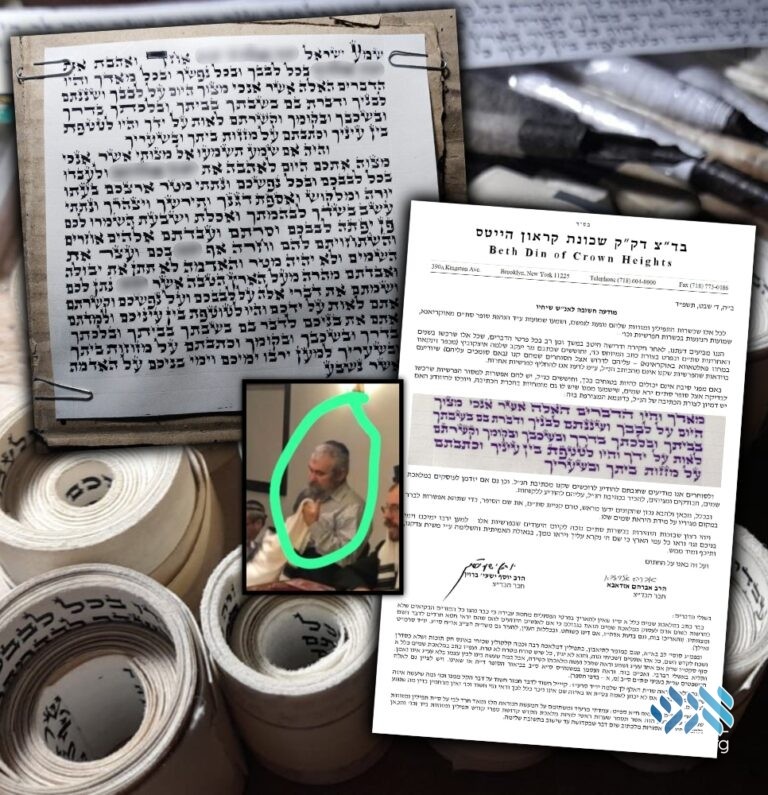
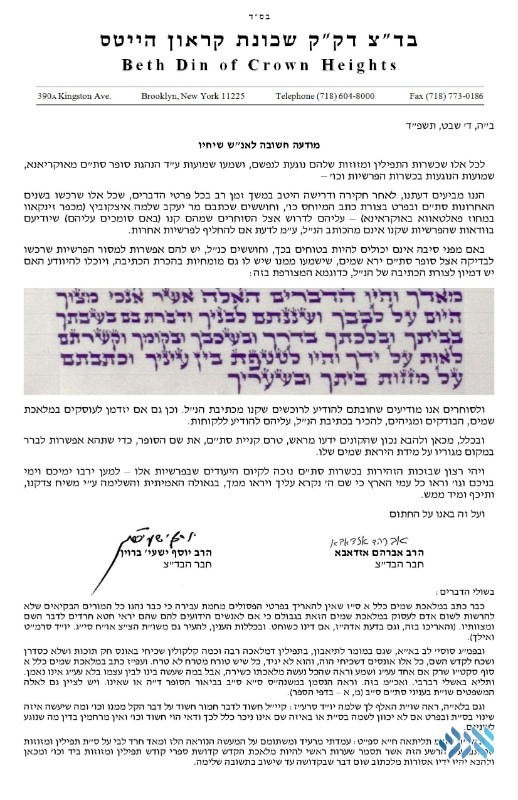
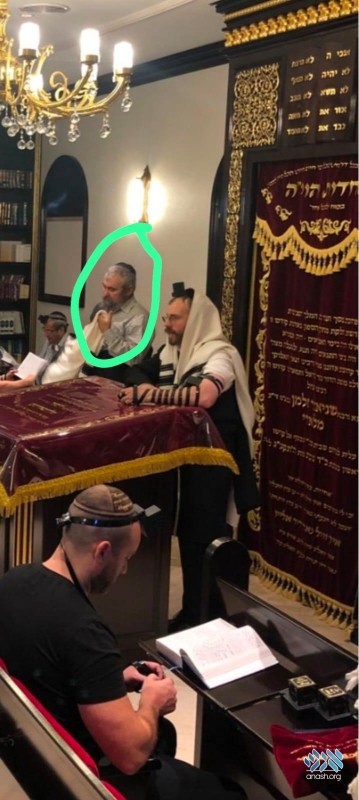

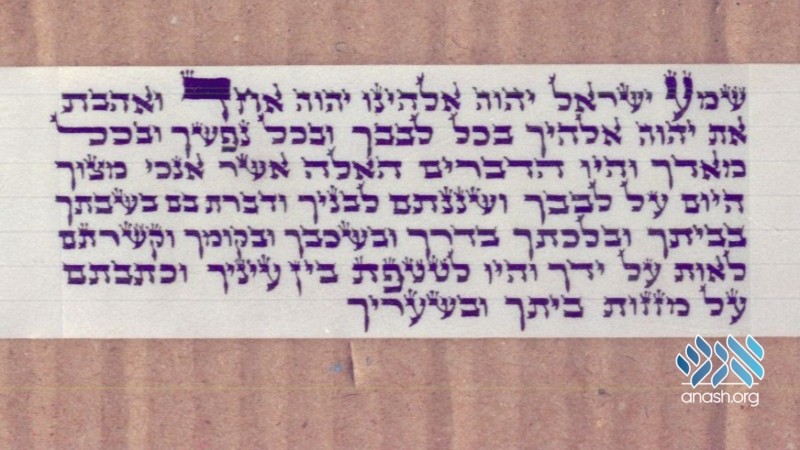
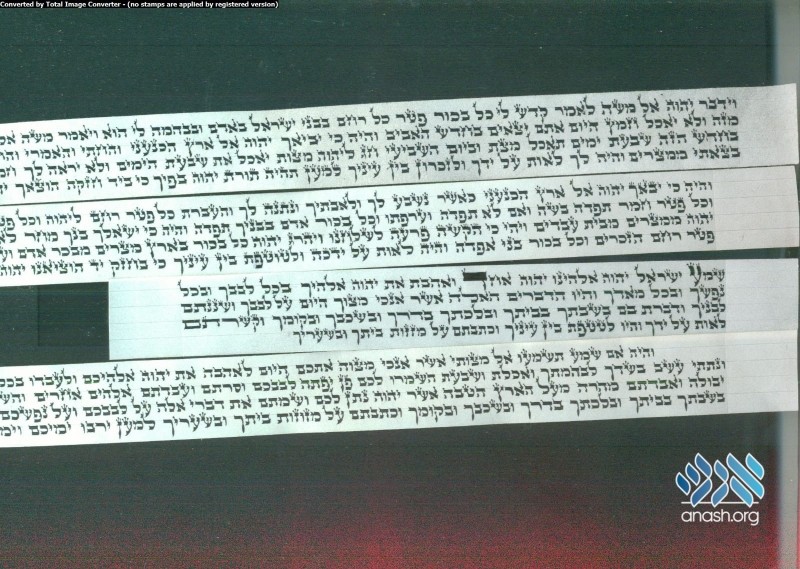
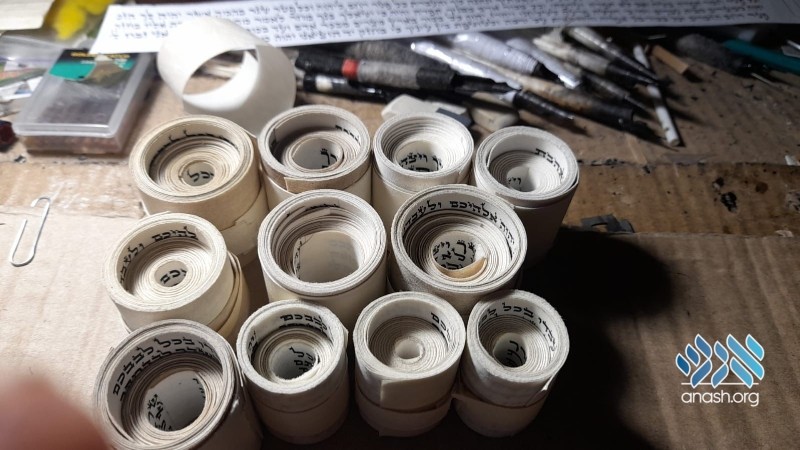
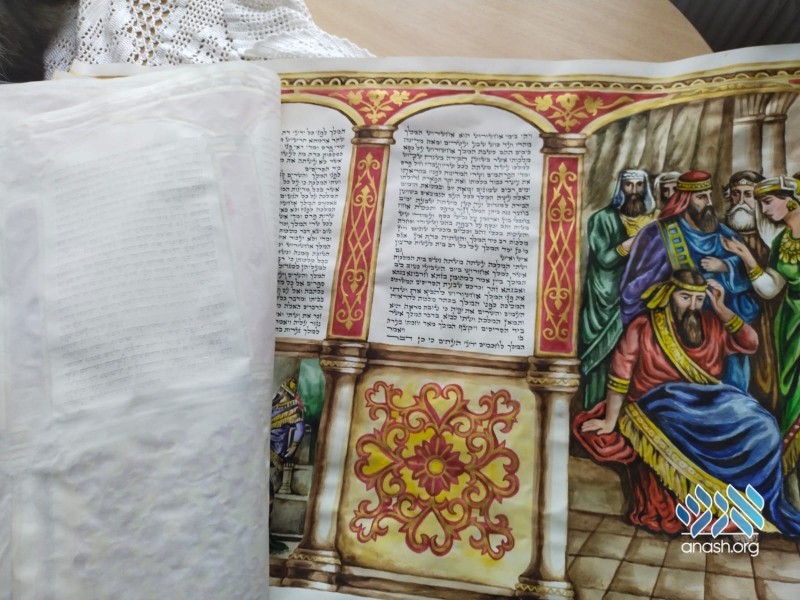
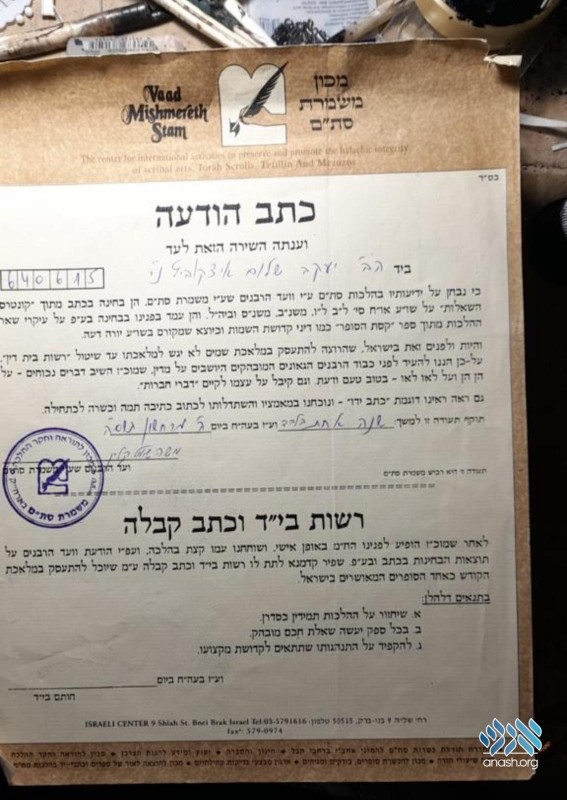
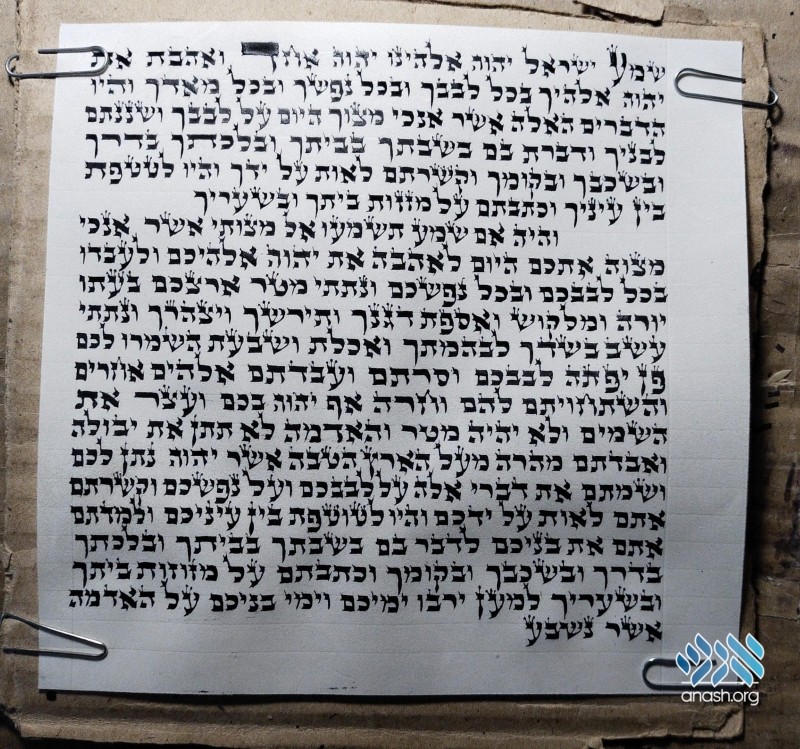

Can you please list the stores in crown heights which sold his STAM?
When will the Sochrim that sell STaM start being transparent about where they get their teffilin and mezuzos from?
Anyone that dealt with Sochrim that sell STaM and has a little bit of knowledge in the industry knows that Sochrim often refuse to say which sofrim they get from.
How can every person do his due diligence if the Sochrim refuse to reveal who the Sofer is, or give identities that after some research turned out to be fake (both happened to me personally)?
I understand it will undermine their business if people could go directly to the source, but obviously such considerations can’t be taken if the Kashrus of the STaM is in question.
A new system needs to be created where every piece of stam should be registered and have a recorded traceability to the sofer who made it.
It doesn’t have to be obligatory to use, but the use of such a system will tell everyone that Socher is using a higher standard, and this will naturally become the sought after system.
The stories and history are nice but out of place. A calamity – thousands of lost Mitzvos and Berachos Levatala – need not be sandwiched between tidbits of history where it loses effect because K’var Haya L’olamim.It is very sad if his last certificate is from 5765. It is very sad that dealers purchase Stam overseas without knowing who and what. It is ludicrous to expect buyers to know who wrote their Stam when sellers will rarely share that info.
If someone did buy something written by the fraud, does it go into shaimos?
I purchased a sefer Torah, and the broken gave me the sofer’s info.
I purchased tefilin for my son, from a different person. He did the same
I only purchase mezuzah from a sofer that has yiras shamayim and I trust that he only gets highly quality (beruchnius) for resale
It’s not hard. Do your homework
If the broker has something to hide, it’s a red flag and you can easily find someone with transparency
You would never use a contractor without reaching them, so do the same here
In all honesty, such purchases for your family are infrequent so it’s not out of reach to be on top of such matters